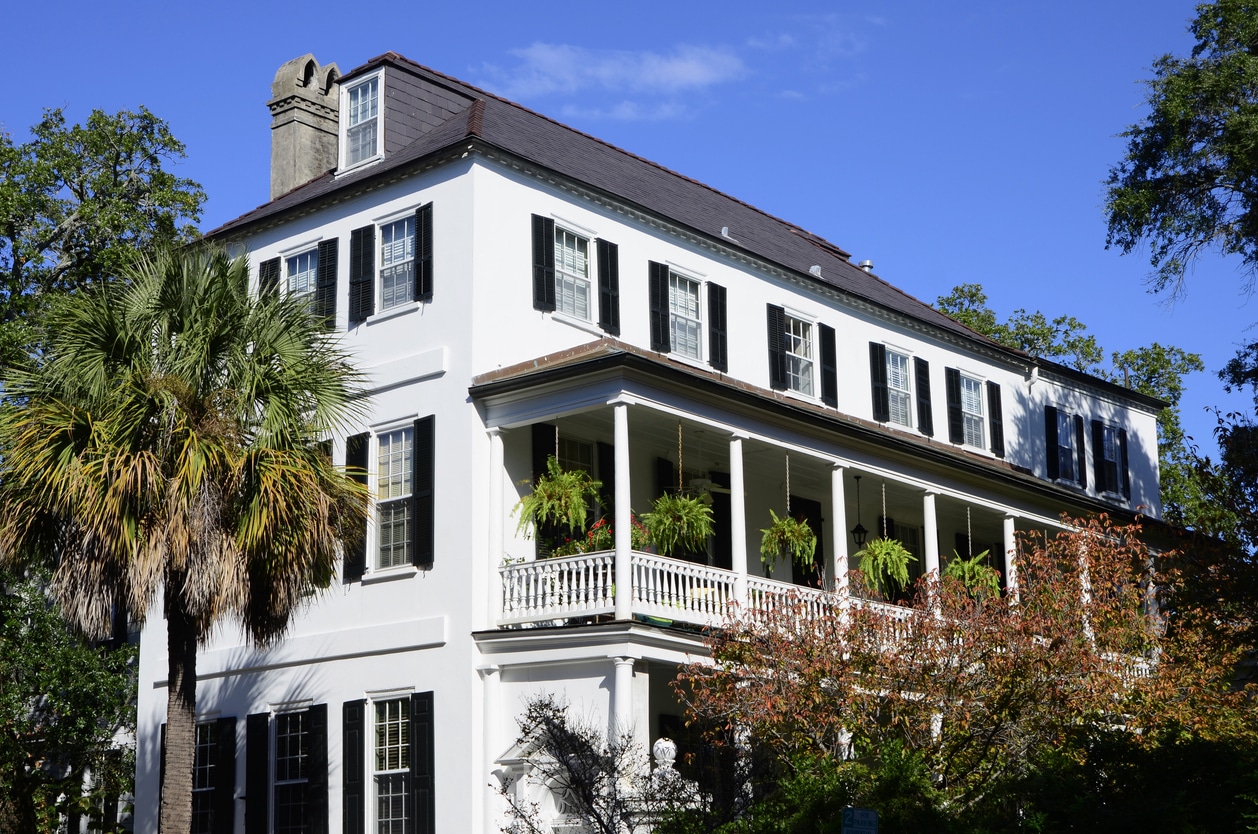Historic Palmetto homes have a lot of pros, like natural wood floors, high ceilings and buckets of charm. Unfortunately, they also have some downsides, like older pipes, costly repairs and maybe even a higher chance of allergies.
One 2020 study looked at how building age and type of indoor heating affect the occurrence of allergies and asthma. Looking at a group of 18,617 individuals, the study analyzed data from the European Community Respiratory Health Survey (ECRHS) and the International Study of Asthma and Allergies in Childhood (ISAAC) questionnaire to identify the incidence of allergies and asthma.
The research revealed that people living in homes built between 1971 and 1990 had high rates of allergies and asthma. Let’s take a closer look at the potential factors researchers believe contribute to the increase in symptoms.
Building Materials

The materials and construction methods used during that time, which may include substances like formaldehyde or volatile organic compounds (VOCs), are known to worsen indoor air quality.
Heating
Central heating was associated with higher risks of allergies, most likely due to poor ventilation. Older buildings may have less efficient ventilation, allowing allergens like dust mites or mold to accumulate. When the central heating kicks on, it spreads these allergens around the house.
While central heating was linked to increased allergy symptoms, its effect on asthma was more complex. Some studies found it reduced asthma symptoms by stabilizing indoor temperature and humidity. Others noted that hot radiators and poor ventilation could dry out skin and mucous membranes, potentially worsening asthma symptoms like wheezing and coughing.
The study concluded that other heating methods in older homes, like coal, wood and gas, could increase allergy and asthma symptoms.
How Do I Choose the Right Home?
Buying a house can be a stressful experience, and factoring in how the age of your home might affect your health doesn’t make things easier. Consider a few of these tips before starting your search:
- Think about building materials. An inspection should reveal any toxic materials in a prospective home. If they find anything listed as aggravating to your respiratory system, it’s probably best to move on to the next house.
- Weigh the pros and cons of heating. You might be able to change the heating later, so it doesn’t have to be a full stop when purchasing a home. Consider how severe your allergies are and how likely you are to update the heating in the future. Because the relationship between asthma and central heating is ill-defined, it’s best to consider your specific asthma triggers and go from there.
- Talk to your allergist. If you’re unsure where to start, talk to your allergist about the type and severity of your indoor allergies.
For more information about managing or identifying allergies, contact Palmetto ENT & Allergy today.
